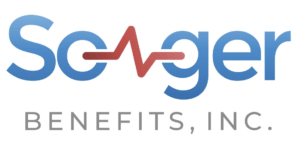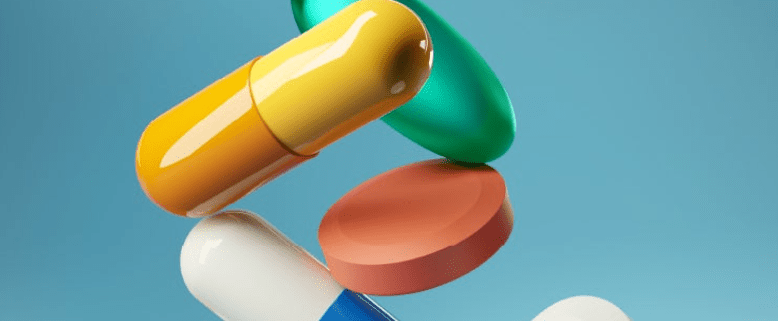What Does Medicare Part D Cover
Medicare Part D:
Was created to provide coverage for outpatient medications that you pick up at the pharmacy or order via mail order and administer to yourself.
- Most people will get their prescription coverage through a standalone Part D drug plan offered by a private insurance carrier.
- Or through a Medicare Advantage plan that includes built-in Medicare Part D. Every plan must meet federal minimum coverage guidelines outlined by Medicare.
All Part D plans must cover all or substantially all medications in the following classes:
- Antidepressant anti, cancer meds, antipsychotic anticonvulsants, immunosuppressants, and HIV aids medications.
- Part D plans must also cover at least two medications in each therapeutic class of drugs so that if a new health condition arises mid-year,
- Your doctors will have good choices of covered medications to prescribe. Beyond that, each party plan can choose which medications to include in its formulary. The formula can change from year to year, so you’ll want to review every year which drug plan best covers your medications.
Medicare sets the maximum allowable deductible each year. Part D companies must keep their plan deductible at or below that number in 2023. The maximum allowable deductible is $505.
Here’s how that works. Suppose your plan has that standard $505 deductible. You will pay out of pocket entirely for your medications until you have spent that much and satisfied the deductible.
During the initial coverage level:
Your Part D plan will cover a portion of the cost of the drug. For example, if you take a medication for $100, you will pay $100 at the pharmacy. Then you will only have $405.00 left to spend before you fulfill the deductible and move on to the next stage of your drug plan. You will cover a portion. This is called your copay or coinsurance.
When you pick up your medication, you will pay for this at the pharmacy counter. Many plans also offer mail-order options if you like that better. Most plans will have five or six drug tiers ranging from preferred generics at the lowest end to specialty medications at the highest cost.
As you fill these medications, Medicare will tally your total drug spending between you and the insurance company. The coverage gap or doughnut hole occurs if the total drug spending exceeds a specific yearly limit.
The coverage gap is designed to:
- Encourage you to use lower-cost drugs whenever possible.
- All drug plans have a coverage gap
- Once you enter the gap, you will pay up to 25% of the cost of your medication.
- This means the cost you were paying before may have been less than what you will pay in the gap coverage.
When you choose generic drugs:
- You have a better chance of never reaching the coverage gap or donut hole.
- The last stage of any part drug plan is called catastrophic coverage.
- Once you reach this stage, you will pay only 5% of the cost of your recovered medications or less for the rest of the year.
- In 2024, some new laws will kick in, and when you reach the catastrophic coverage level, your plan will pay 100% of the cost of your medications until year-end.
In 2025 that cap will be lowered to $2000 so that Medicare beneficiaries will pay a maximum of $2000 per year toward their recovered drug costs for diabetics. The new legislation also mandates that all insulins must have no more than a $35 copay, even if you are in your deductible or coverage gap.



